Much recent development on the safety of UV Filters and sunscreen formulations have raised numerous concerns about the safety of sunscreen for consumers and the environment. Jessica Brown from BBC Future 23 July 2019 made this comment “But some researchers have raised concerns that, despite being an undeniably important tool in our fight against skin cancer, the formulation of sunscreen may need to be improved to contain safer ingredients – and, at worst, some sunscreens could be damaging our health.” An article from the New Scientist dated 24 July 2019 by Jessica Hamzelou titled “Safety of Many Sunscreen Ingredients Is in Doubt – Should We Worry?” had pointed out that 12 out of the 16 popular sunscreen filters that we all use and trust by faith, was unsafe as the nanoparticles in the sunscreen had been found to enter the bloodstream through the skin.
The purpose of this blog post is to give you a better understanding of UV filters. With this understanding, you will then be better equipped for making informed decisions when purchasing your sunscreen lotion.
2 Types of UV Filters: Inorganic vs Organic
1. Inorganic Sunscreen/Mineral/Physical
Inorganic ‘physical’ filters work by reflecting, scattering and absorbing UV light preventing it from reaching the skin and causing damage. Some examples of inorganic filters:
- Zinc Oxide
- Titanium Dioxide
Both of these ingredients occur naturally, although they can also be created synthetically in the lab.
2. Organic Sunscreen
Organic sunscreens on the other hand work by only absorbing UV light and redistributing the energy within the cells.
Some examples of organic sunscreens are:
- Oxybenzone (benzophenone 3)
- Octinoxate.
- Octocrylene
- Padimate O
- Avobenzone
- Homosalate
- Octisalate
Inorganic UV filters such as Zinc Oxide and Titanium Dioxide have been traditionally used and are considered to be safe. However, these micronized particles have several unpleasant characteristics such as leaving a white cast on the skin, staining clothing, and difficulty in application. This had led to the development of smaller particles, which is smaller than micronized size and is lesser than 100nm, known as nano-particles UV filters. One main advantage of a nano-particle UV filter is that the formulation aesthetic is vastly improved.
Controversies
Here is where the concerns lie: some studies have shown that nano-particles UV filters can be absorbed into the bloodstream. A recent study was carried out on 48 subjects to assess the systemic absorption 6 inorganic UV filters found that all 6 of the tested active ingredients administered in 4 different sunscreen formulations were systemically absorbed and had plasma concentrations that surpassed the FDA threshold for safety in sunscreen.JAMA Study

In 2019, US Food and Drug Administration (FDA) – one of the two main global regulators of sunscreen ingredients around the world alongside the European Commission –removed 14 of the 16 chemicals found in sunscreen from its GRASE (generally accepted as safe and effective) category. However, some experts commented that the panel for this study is too small and therefore the results are not conclusive.
Other findings, such as the one carried out by an Associate professor at the University of Massachusetts Amherst’s School of Public Health and Health Sciences, Laura Vandenberg, found that oxybenzone can affect the size of mice’s mammary glands, and Oxybenzone also has been detected in breast milk.
Another research scientist, Cheryl Woodley, at the US National Oceanic and Atmospheric found that “Chemicals like oxybenzone can act as endocrine disruptors and cause sex change in fish, reduced growth or egg output.”
There are many more studies which have indicated similar findings, however, other scientists argue that the results are still not conclusive.
Environmental scientistshad also carried out studies to find out the impact of UV filters on the environment and found that oxybenzone and octinoxate are harmful to coral reefs and marine habitat. Because of this, Hawaii and the beaches of the Florida Keys will no longer allow the use of sunscreens containing organic UV filters oxybenzone and octinoxate.

Conclusion
Looking at all these findings on the effect on human skin, it is no wonder that the concerns and issues surrounding sunscreen safety are constantly debated. On the other hand, it is already well established that certain organic sunscreens impact marine life and habitat negatively, and hence, banned from certain countries currently. However, the issues about absorption into the human bloodstream is not conclusive.
So why should you care?
Awareness is important. The idea is to be responsible consumers who would question about the ingredients on any skincare products particularly sunscreens. One thing for sure: purchasing sunscreen without reading labels and understanding the issues regarding safety, is irresponsible.
Until there is conclusive research on the effects of UV filters on our body and the potential toxicity with long term use, we should still use sunscreen as the benefits of sunscreens in terms of reducing skin cancer risk and skin ageing far outweigh the potential risks of long-term use.
In my opinion, being aware of these issues is a good start. Do not fall prey to fear-mongering and myths which suggest the use of homemade DIY sunscreen or the avoidance of sunscreen altogether. Being equipped with information from the right sources is important to make an informed decision.
Finally, a sustainable approach for both ourselves and for wildlife would be:
- Stay informed
- To choose your sunscreen wisely
- To be sun smart: use sunshade, clothing and avoiding midday sun are some sun-smart behaviours everyone should adopt.
SAY Clean Beauty Guide Ebook: Your Health Might Be at Stake!! Guide to Purchasing Sunscreens link here
Sources
Brown, Jessica. “Sunscreen: What Science Says about Ingredient Safety.” BBC Future, BBC, 23 July 2019, www.bbc.com/future/article/20190722-sunscreen-safe-or-toxic.
Matta, Murali K. “Effect of Sunscreen Application on Plasma Concentration of Sunscreen Active Ingredients.” JAMA, American Medical Association, 21 Jan. 2020, jamanetwork.com/journals/jama/article-abstract/2759002.
Carroll, Aaron E. “How Safe Is Sunscreen?” The New York Times, The New York Times, 10 June 2019, www.nytimes.com/2019/06/10/upshot/how-safe-is-sunscreen.html.
Hamzelou, Jessica. “Safety of Many Sunscreen Ingredients Is in Doubt – Should We Worry?” New Scientist, 24 July 2019, www.newscientist.com/article/mg24332405-200-safety-of-many-sunscreen-ingredients-is-in-doubt-should-we-worry/.
“Sunscreen Drug Products for Over-the-Counter Human Use.” Federal Register, 26 Feb. 2019, www.federalregister.gov/documents/2019/02/26/2019-03019/sunscreen-drug-products-for-over-the-counter-human-use.

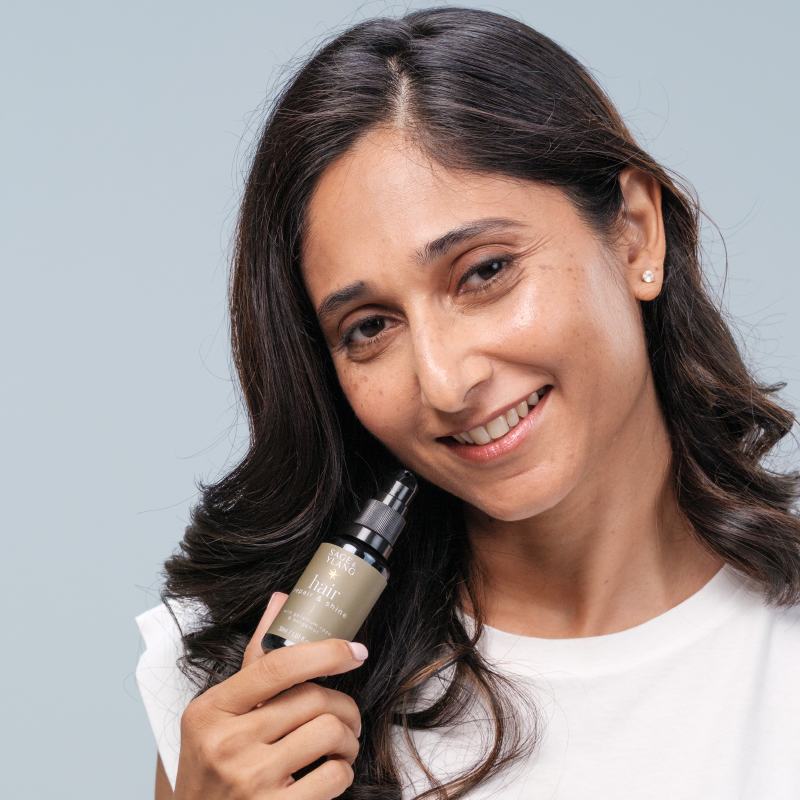
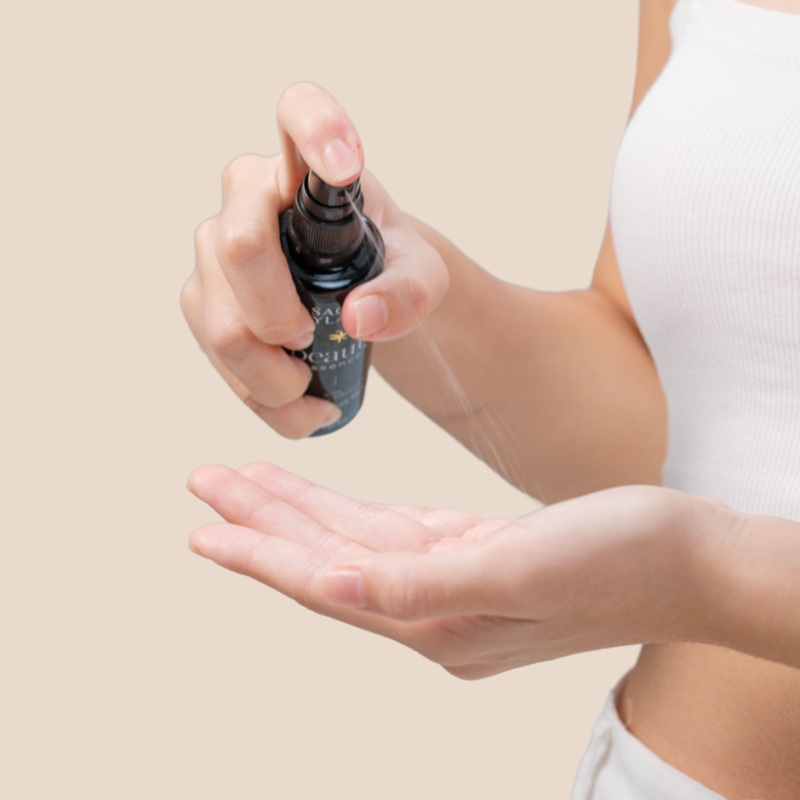

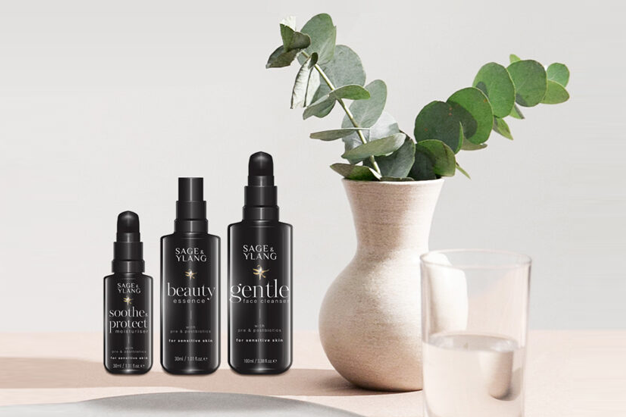
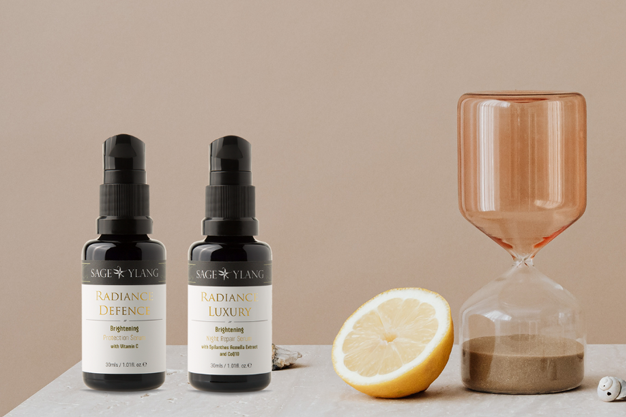

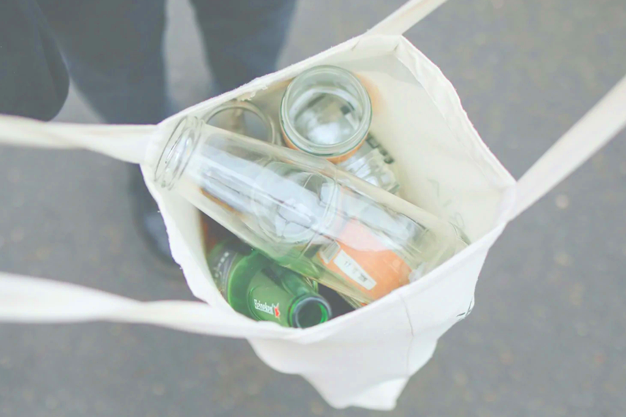


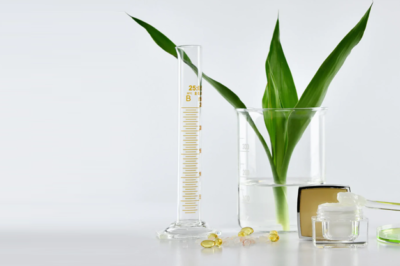
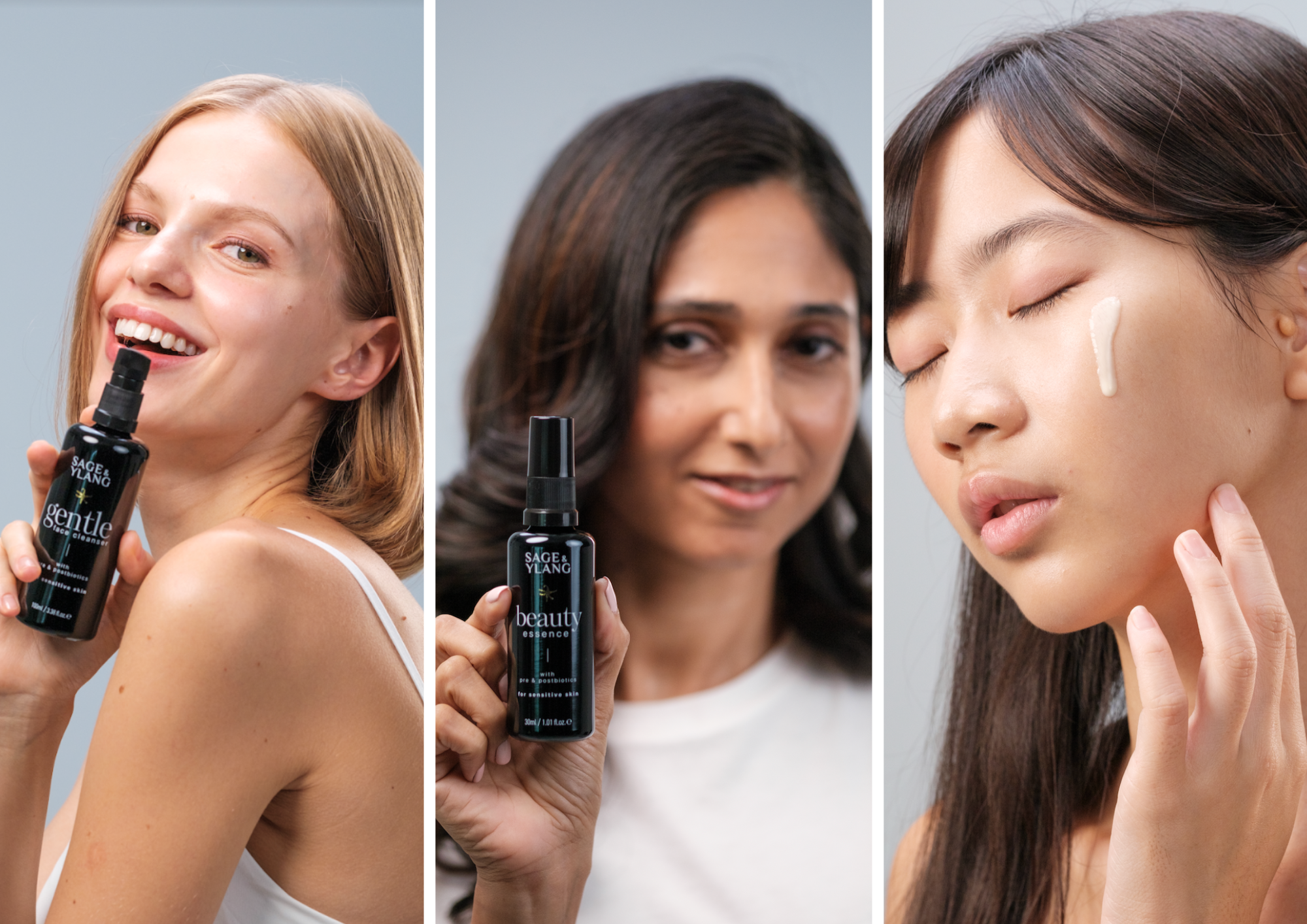
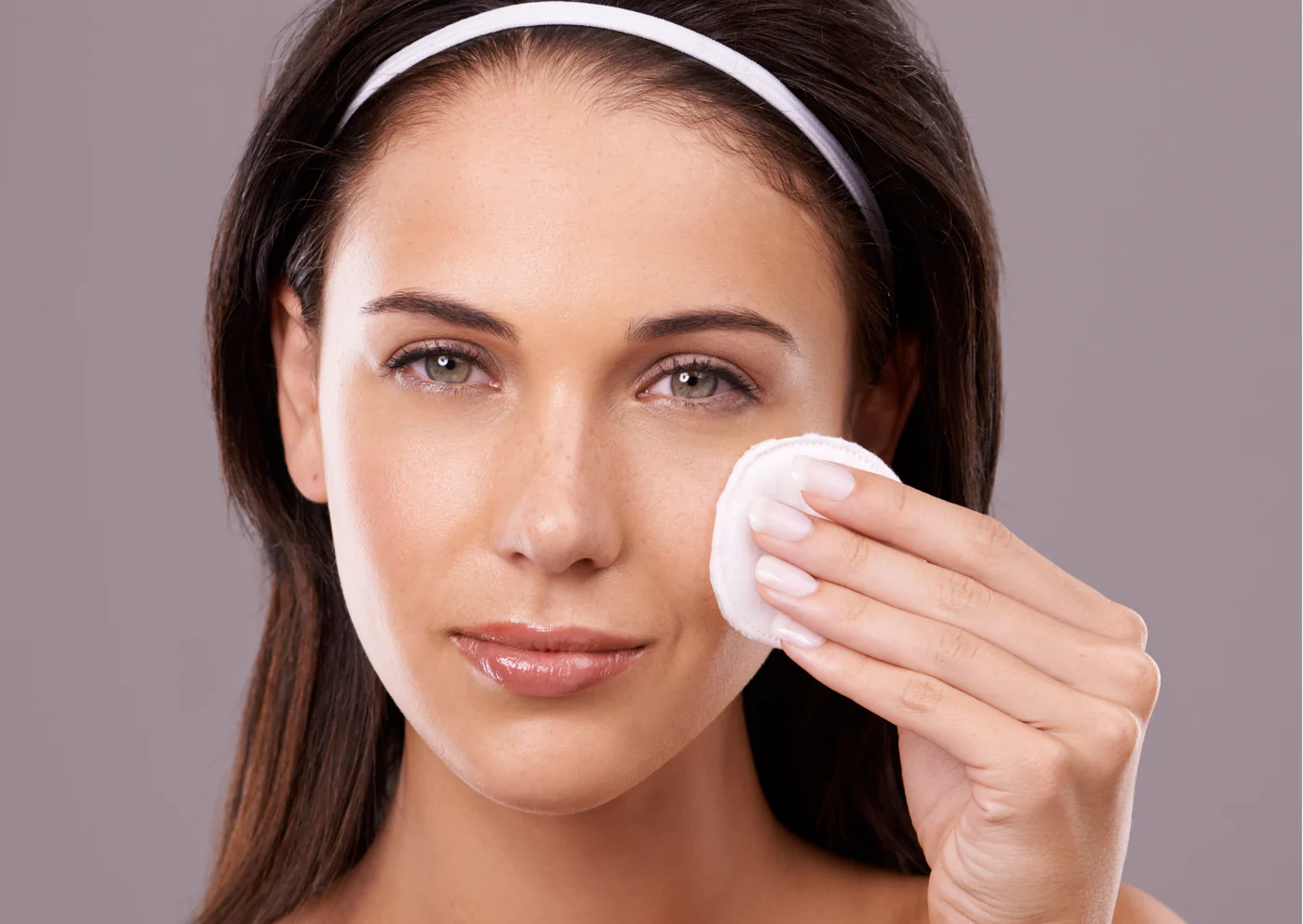
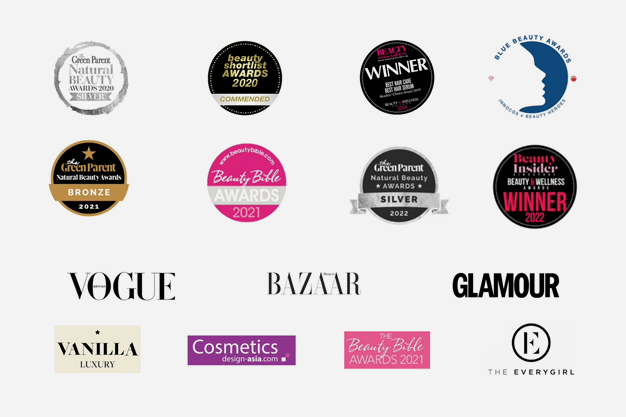
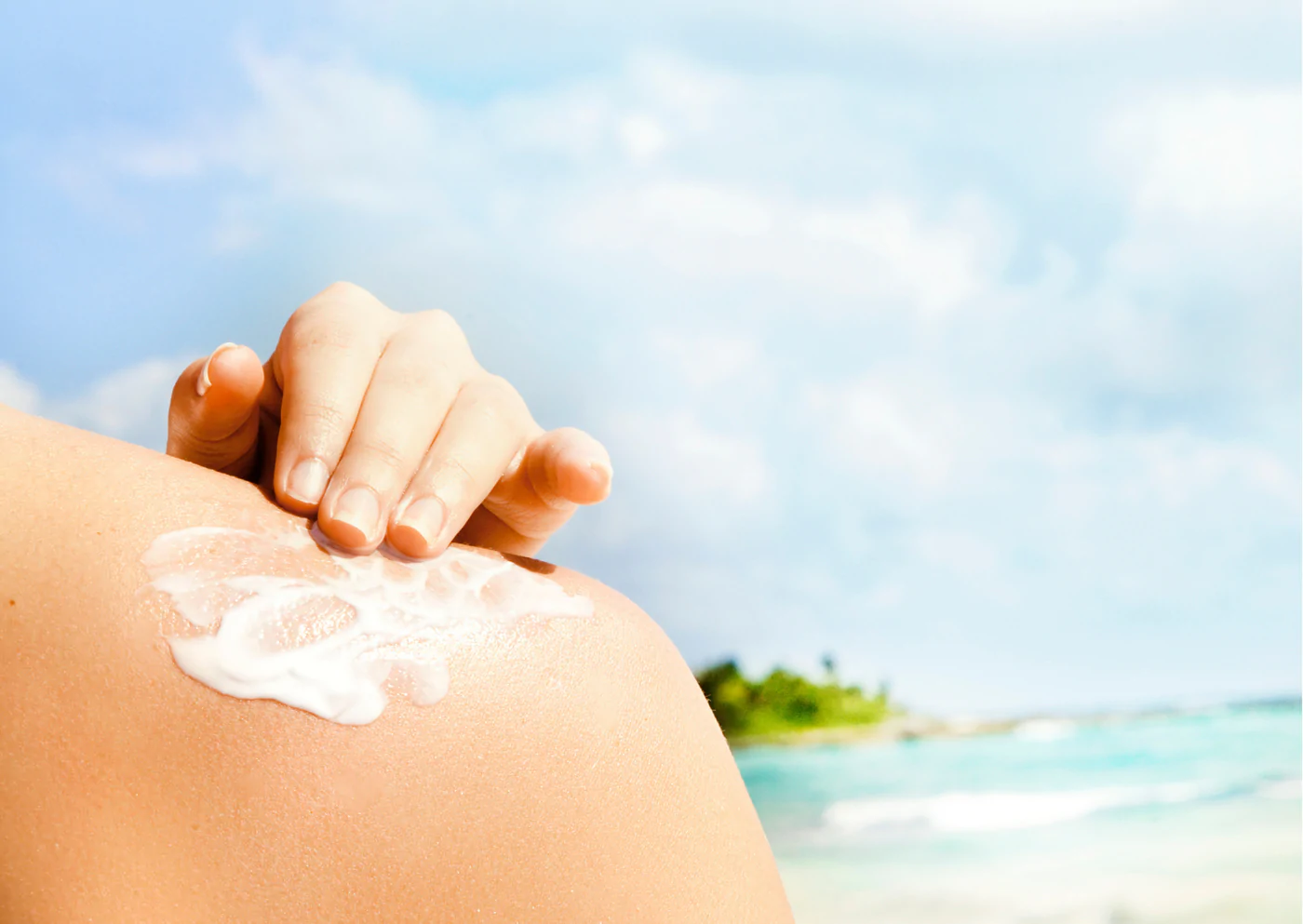

I appreciate you sharing this blog post. Keep writing.
Thanks-a-mundo for the article.Much thanks again. Really Great.
Very informative blog. Awesome.
Im grateful for the article post.Really thank you! Really Cool.
Say, you got a nice article post.Much thanks again. Really Cool.
Thank you ever so for you blog article. Cool.
propranolol rx
Muchos Gracias for your blog. Really Great.
buspar medicine generic
Awesome article.Really looking forward to read more. Keep writing.
Really appreciate you sharing this article post.Really thank you! Will read on…
dexamethasone tablets online
I need to to thank you for this excellent read!!I definitely loved every little bit of it. I have got you book-marked to check out new stuff you post…
generic cialis 2017 usa
diflucan cost australia
Hey, thanks for the blog post.Really looking forward to read more. Much obliged.
Thanks so much for the blog post.Much thanks again. Cool.
Fantastic article post.Much thanks again. Really Great.
Thanks a lot for the article.Thanks Again. Really Great.
I really like and appreciate your blog.Really looking forward to read more. Will read on…
Really informative post.Much thanks again. Want more.
Im thankful for the blog.Really thank you!
Really appreciate you sharing this article.Really looking forward to read more. Fantastic.
Thanks-a-mundo for the blog post. Awesome.
Im obliged for the article post.Really thank you! Will read on…Loading…
Really enjoyed this blog.Thanks Again. Really Great.
I am so grateful for your article.Much thanks again. Really Cool.
Wow, great article.Thanks Again. Cool.
Enjoyed every bit of your post.Thanks Again. Fantastic.
Im obliged for the post.Really thank you! Want more.
A round of applause for your post. Really Cool.
Really informative article post. Awesome.
Your style is very unique compared to other folks I have read stuff from. Many thanks for posting when you have the opportunity, Guess I will just book mark this blog.
Very informative blog post.Much thanks again. Awesome.
Как лучше использовать фалоимитатор
фалоімітатори ціна https://www.faloimitatorbgty.vn.ua.
Элитные вибраторы
заказать вибратор http://vibratoryhfrf.vn.ua/.
Major thankies for the blog.Much thanks again.
Thank you ever so for you blog post.Thanks Again. Much obliged.
I really enjoy the article post.Thanks Again. Great.